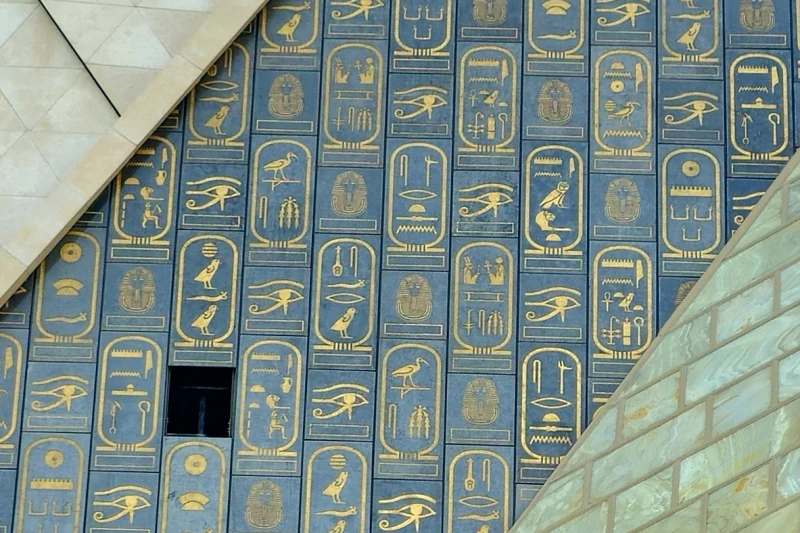The Grand Egyptian Museum is Egypt’s newest and largest archaeological museum, located near the Pyramids of Giza. It features the full collection of King Tutankhamun’s treasures and thousands of ancient artifacts. Many Egypt tour packages now include a visit to this world-class cultural landmark.Discover how to enjoy Egypt in summer—from beach escapes to cultural tours. Beat the heat and explore top spots with Egypt tour packages. Read now!
Experience the wonders of the Grand Egyptian Museum (GEM) during its soft opening, where a select number of galleries offer a captivating glimpse into Egypt’s timeless past. This architectural masterpiece beautifully blends modern design with ancient heritage, presenting a limited yet unforgettable preview of the treasures that shaped one of the world’s greatest civilizations. And soon, on November 1, 2025, the museum will unveil its grand full opening in a spectacular global celebration — marking a new era in how the world experiences Egypt’s history.
The Grand Egyptian Museum boasts an extensive collection of artifacts, many of which have never been displayed before. From colossal statues to intricately decorated tomb furnishings, the museum showcases the breadth and depth of ancient Egyptian art and craftsmanship. Among its most notable treasures is the complete collection of Tutankhamun's belongings, including his iconic golden mask, as well as the stunning funerary treasures of other pharaohs and queens.
The museum also houses an impressive array of archaeological finds from various periods of Egyptian history. Visitors can explore galleries dedicated to the Old Kingdom, Middle Kingdom, New Kingdom, and Late Period, gaining a comprehensive understanding of the ancient Egyptian civilization's evolution over time. These artifacts not only tell the story of Egypt's past but also shed light on the daily lives, beliefs, and achievements of its people.
Even during its soft opening, every corner of the Grand Egyptian Museum felt alive with history and innovation. Here are the areas that truly stood out:
When the Grand Egyptian Museum (GEM) officially opens its doors in full on November 1, 2025, it promises to be a landmark celebration of Egypt’s heritage. Here’s what I’m most eager to explore:
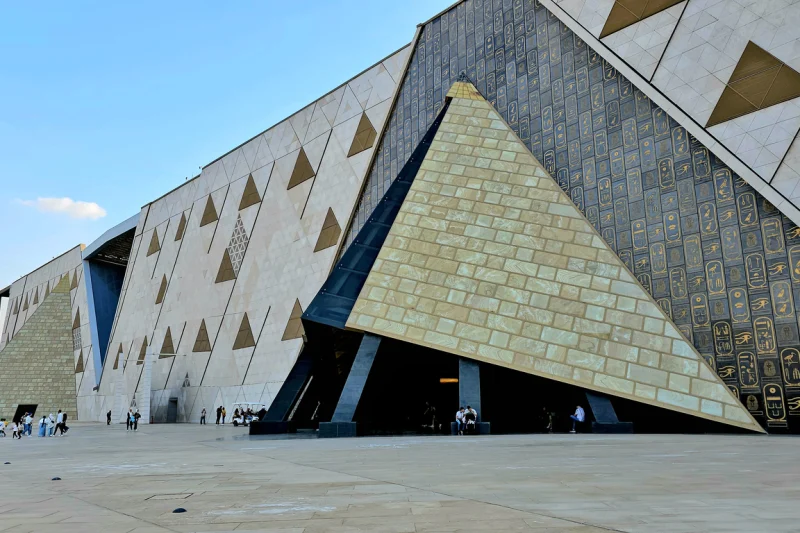
The role of the Grand Egyptian Museum in preserving Egyptian history and culture
The Grand Egyptian Museum plays a crucial role in preserving Egyptian history and culture for future generations. Its state-of-the-art conservation labs and facilities ensure the proper handling and preservation of ancient artifacts. The museum employs a team of experts, including archaeologists, conservators, and curators, who work tirelessly to study, restore, and document the collection.
In addition to preservation efforts, the museum actively engages in research and educational initiatives. It collaborates with international institutions and hosts conferences, workshops, and seminars to promote scholarly exchange and advance our understanding of ancient Egypt. The museum's educational programs cater to visitors of all ages, offering interactive exhibits, guided tours, and educational resources that bring ancient Egypt to life.
The impact of the Grand Egyptian Museum on tourism in Egypt
The Grand Egyptian Museum is expected to have a transformative impact on tourism in Egypt. With its world-class facilities and unparalleled collection of artifacts, the museum is set to attract millions of visitors each year. This influx of tourists will not only generate revenue for the museum but also contribute to the local economy, supporting businesses such as hotels, restaurants, and transportation services.
Moreover, the Grand Egyptian Museum catalyzes cultural tourism, encouraging visitors to explore other historical sites and landmarks in Egypt. Its strategic location near the Pyramids of Giza and the Sphinx makes it a must-visit destination for travelers, who can now experience the wonders of ancient Egypt in a seamless and immersive manner. The increased tourism will also create job opportunities and help preserve Egypt's intangible cultural heritage, such as traditional crafts and performing arts.
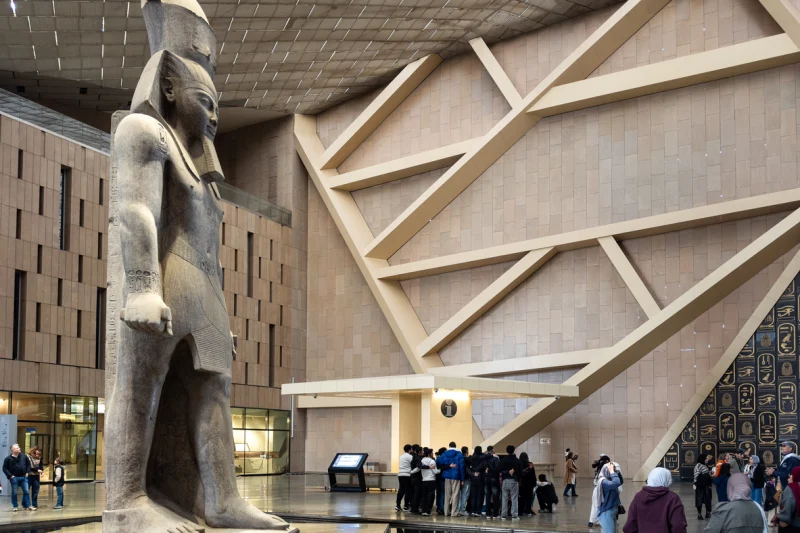
History and Significance of the Grand Egyptian Museum
The idea for the Grand Egyptian Museum dates back to the early 1990s when the Egyptian government recognized the need for a modern museum that could accommodate the growing number of archaeological discoveries in the country. The museum was envisioned as a way to showcase Egypt's rich history and raise awareness about the importance of preserving its cultural heritage. Construction of the museum began in 2002 and has been a monumental project ever since.
The Grand Egyptian Museum holds immense significance for Egypt and the world. It is a testament to the country's commitment to preserving its ancient history and making it accessible to future generations. The museum serves as a focal point for scholarly research, cultural exchange, and tourism, attracting visitors from all corners of the globe. Its collection of artifacts spans thousands of years, offering a comprehensive view of ancient Egyptian civilization and its contributions to human history.
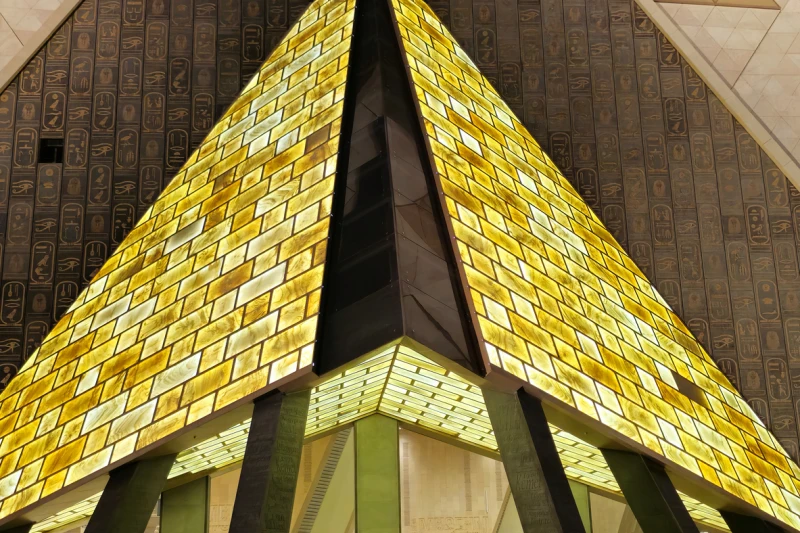
Architectural features of the Grand Egyptian Museum
The architectural design of the Grand Egyptian Museum is a harmonious blend of modernity and ancient Egyptian aesthetics. The main building, designed by the internationally acclaimed architecture firm Heneghan Peng, is a stunning structure that echoes the grandeur of the pyramids. Its sleek, angular design is inspired by the triangular form of the pyramids, while its translucent stone cladding pays homage to the traditional Egyptian architectural style.
The museum covers a sprawling area of 480,000 square meters, providing ample space for both exhibition galleries and educational facilities. Its state-of-the-art design includes cutting-edge technologies and environmentally sustainable features, making it a model for future museum projects around the world. The museum's strategic location near the Giza Plateau allows visitors to enjoy panoramic views of the pyramids, further enhancing the overall experience.
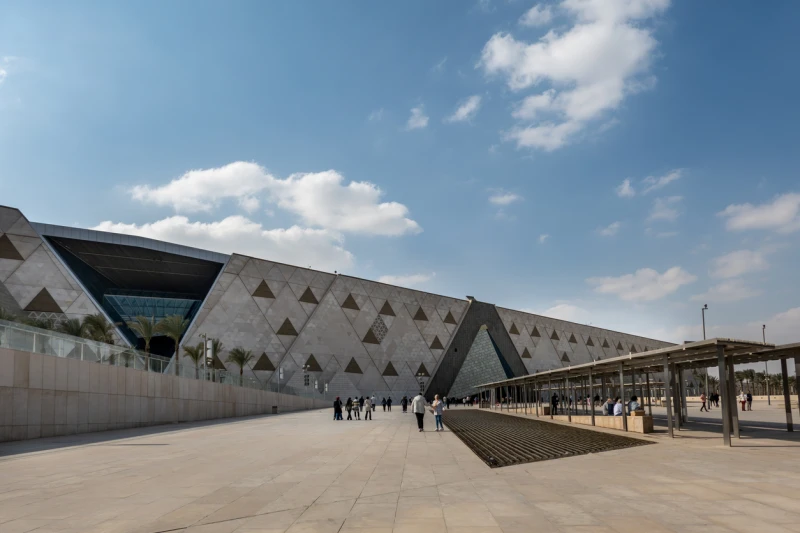
Challenges faced in the construction and development of the Grand Egyptian Museum
The construction and development of the Grand Egyptian Museum have not been without challenges. The sheer scale of the project, coupled with its ambitious timeline, posed logistical and technical difficulties. The relocation of thousands of artifacts from the old Egyptian Museum in Cairo to the new facility required meticulous planning and coordination. Additionally, the museum had to overcome funding issues and navigate bureaucratic processes to ensure its timely completion.
Another significant challenge was the preservation of the artifacts during the construction phase. Special measures were taken to protect the delicate objects from dust, humidity, and temperature fluctuations. Advanced conservation techniques were employed to ensure that the artifacts remained in pristine condition throughout the transition.
The future of the Grand Egyptian Museum
The Grand Egyptian Museum holds immense promise for the future. Its completion marks a significant milestone in Egypt's efforts to preserve its cultural heritage and promote tourism. As the museum continues to expand its collection and develop new exhibitions, it will further enrich our understanding of ancient Egypt and its contributions to human civilization.
The museum's future plans include the establishment of research and training centers, as well as the development of interactive digital platforms to enhance visitor engagement. These initiatives will ensure that the Grand Egyptian Museum remains at the forefront of cultural institutions worldwide, fostering knowledge, innovation, and appreciation for Egypt's rich heritage.
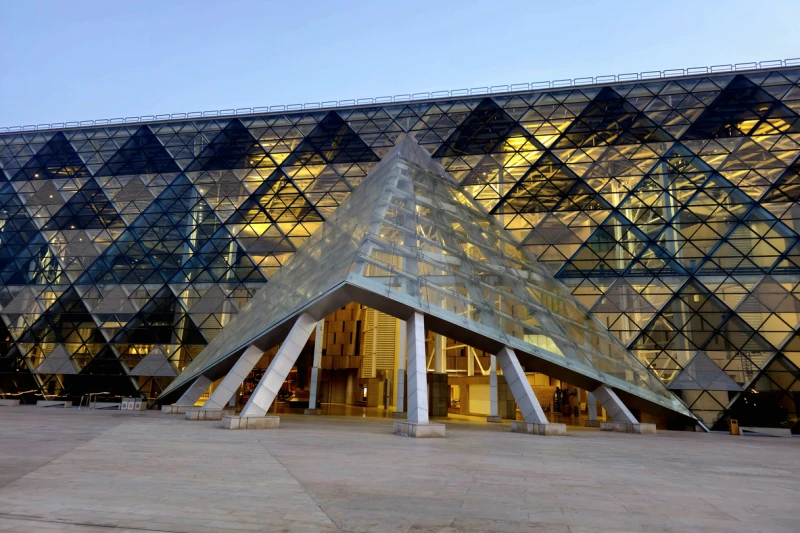
How to visit the Grand Egyptian Museum
Visiting the Grand Egyptian Museum is a once-in-a-lifetime experience that should not be missed. The museum is conveniently located near the Pyramids of Giza, making it easily accessible by various means of transportation. Visitors can take a taxi, use public transportation, or book a guided tour that includes transportation to and from the museum.
Tickets to the Grand Egyptian Museum can be purchased online or at the museum's ticket office. It is advisable to book tickets in advance, especially during peak tourist seasons, to avoid long queues. The museum offers different ticket options, including general admission, guided tours, and special access to restricted areas. Visitors should allocate sufficient time to explore the museum, as it houses a vast collection that requires hours to fully appreciate.
Conclusion
The Grand Egyptian Museum stands as a testament to the enduring legacy of ancient Egypt. Its grand architecture, vast collection of artifacts, and commitment to preservation make it a cultural and historical treasure of global significance. As the largest archaeological museum in the world, the Grand Egyptian Museum not only preserves Egypt's rich history but also serves as a beacon for cultural exchange and tourism. With its completion, the museum is poised to become a must-visit destination for travelers seeking to unravel the mysteries of ancient Egypt and gain a deeper appreciation for one of the world's greatest civilizations.
